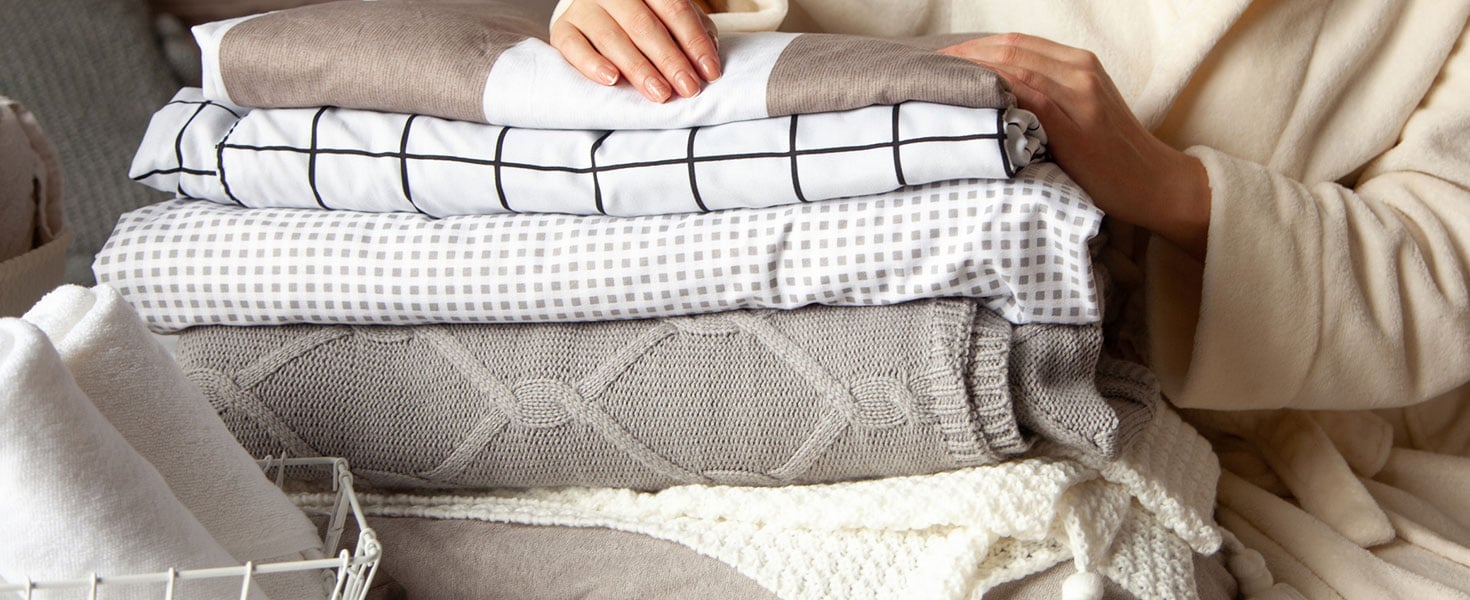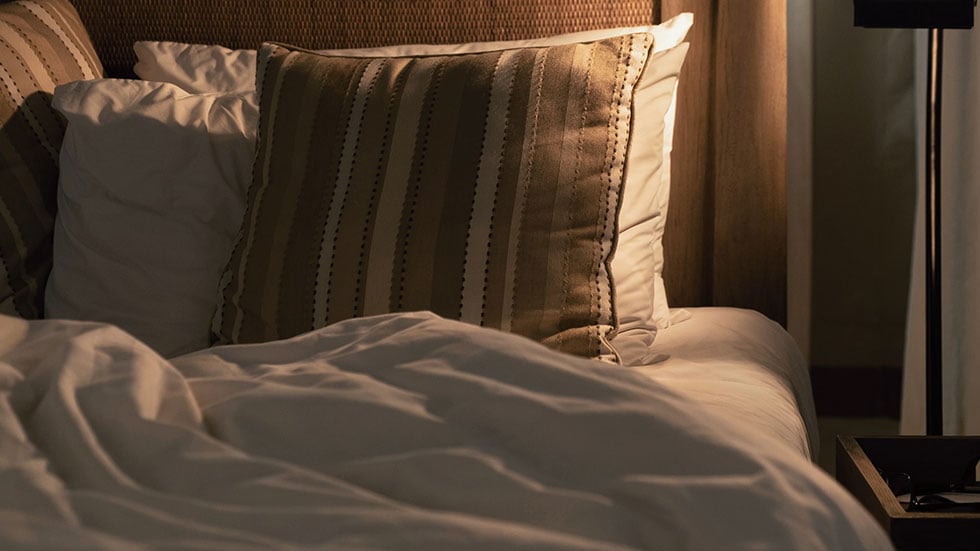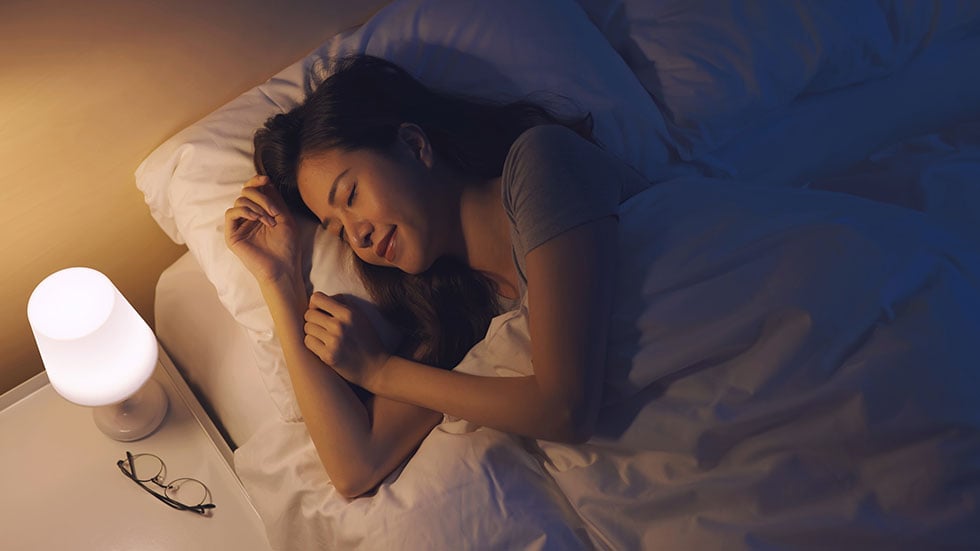
Bedding has become a big business. From Macy’s to Target, retailers tout sheets with high thread counts. But avoid buying by the numbers. A higher thread count does not always equal high quality—and these sheets are not necessarily worth the price.

What is a thread count?
Thread count stands for the number of strands per square inch. So, a sheet with 150 threads horizontal (the weft) and 150 vertically (the warp) has a 300-thread count.
Quantity does not indicate quality. Some manufacturers twist two yarns together to make one yarn and count them as two, while others may create a three-ply fabric. These products can easily pill and look unsightly and might not be as soft.
In general, high-quality materials range from 250 to 800. Anything with a higher thread count is suspicious, says Vanessa Osorio, a sleep expert and sleep health content specialist at Sleepopolis.
“It often indicates that it was woven from weak and low-quality fibers,” she says.

Does weight matter?
According to Robert Pagano, cofounder of Sleepline, which offers guidance to help readers sleep better, fabric weight does matter.
“A high thread count might be achieved by using a thinner fabric, which would lead to sheets that are less durable and less likely to withstand repeated washings,” he explains.
Does a high thread count have disadvantages?
If you get hot at night, a high thread count won’t help, says Tony Klepsis, a certified sleep coach and the sleep accessories editor at MattressClarity.com.
“There’s less space between the threads for the air to flow through,” he notes.

What about texture?
High thread counts usually feel silkier and softer, which is part of their appeal. Choose a cotton sheet if you get cold at night.
Try bamboo or tencel for a light, silky product that allows air to circulate. Percale is a good choice for those who like crisp sheets.
The finish matters to some. Mercerized cotton has a sheen, while sateen is satiny. Jersey is a knit, not a weave, and flannel is made from thick yarns that withstand the napping process.
Is Egyptian cotton a safe bet?
Egyptian cotton is made with long strands. However, the sheets may only contain a small portion of the cotton. Look for products that are 100 percent Egyptian cotton.
Granted, these luxurious sheets can put a dent in your budget. Pima is another option. “This is a special material that strikes a good balance between strength and flexibility,” says Stefan Bucur, a home décor specialist and founder of Rhythm of the Home. “It is more affordable than Egyptian cotton and offers the same qualities.”

What if there's no thread count listed?
Linen sheets may not have a thread count on the package because the threads are thick, says Klepsis. So, any thread count would be on the low end, which might deter some buyers. Cotton-silk blends may also lack a thread count.
. . . . .
In short, the best sheets will check all the boxes for comfort, breathability, durability, and texture. And like Goldilocks, consider all the variables to find the set that’s just right.
